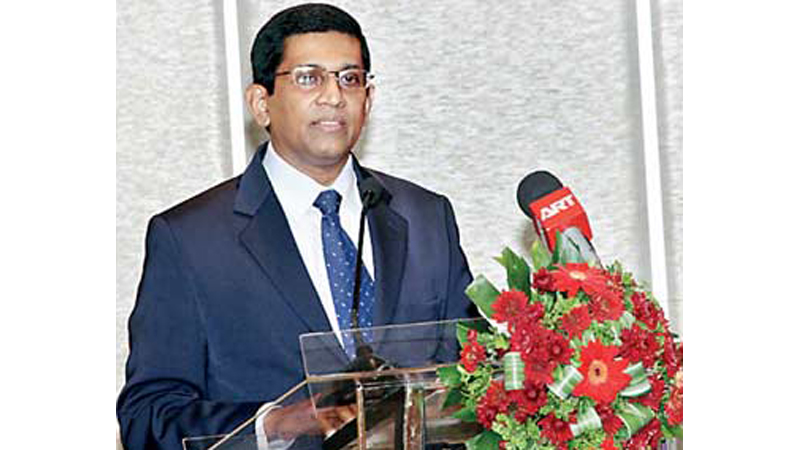The Sri Lankan ICT sector, Food and beverage (F&B) distribution segment are likely to emerge in a much stronger position as the situation normalizes from the Covid-19 pandemic said, CEO, First Capital Holdings, Dilshan Wirasekara.
In an interview with Oxford Business Group he said that tourism is another promising sector and has immense potential for growth after international travel normalizes.
The country’s recovery strategy should include a more focused approach to manufacturing and getting local entrepreneurs to invest in high-tech industries. “We have already seen entrepreneurs supporting Covid-19 prevention efforts. Sri Lanka should facilitate domestic investment into such areas due to the fact that sourcing foreign direct investment will be difficult as all countries and companies will be focused on internal rebuilding.”
Ask to comment on how Covid-19 disruption was likely to play out in the local equity market in 2020, particularly in terms of sectoral returns and foreign outflows he said that The Colombo Stock Exchange closed on April 1, 2020 for the duration of the lockdown, and as such foreign investors cannot move their money during this period.
“We believe that foreign outflows may accelerate as soon as the market reopens. Combined with Sri Lankans’ panic selling, this will likely result in a 20-25% drop in the market before it stabilizes. Recovery is likely to be led by the F&B segment, health care, telecoms – despite foreign exchange losses – and the energy sector, which will likely benefit from cheaper imports. Once the pressure to sell eases, we expect the All Share Price Index to recover to around 6000 points towards the end of the year.”
He also said that it would be difficult for Sri Lanka to raise funds through sovereign bonds at current international interest rates.
“Our best chance would be in bilateral loans similar to those that we received from China, which had a three-year grace period. Sri Lanka could also look to multilateral financial institutions for lines of funding, which usually come at a lower cost but have more conditions attached.”
With Sri Lanka being a net energy importer and having a major fuel import bill, the decline in commodity prices may positively impact the trade deficit.
“However, the tourism industry has taken a major blow and worker remittances are in decline. As such, the balance of payments could still deteriorate considering that the length of the recovery period for tourism could be anywhere between 12 and 18 months. This may lead to higher borrowings.”
Commenting on expectations for full-year growth in Sri Lanka in 2020 he said the best case would be if Sri Lanka brings the pandemic under control and restarts the economy quickly, creating an opportunity for an early recovery.
“In this scenario GDP expansion could reach 1-2% in 2020. However, with the growing number of Covid-19 cases and several extensions to the lockdown, the possibility of this happening is unlikely.”
A second scenario is that the country experiences waves of cases, leading to sporadic lockdowns in selected areas that could go on for two to three months. This is the most likely scenario, under which we expect Covid-19 to be under control by the first week of July. Consequently, the economy would take a major hit in the second and third quarter of the year, resulting in GDP contracting between 1% and 2% over the year. The worst-case scenario involves a prolonged pandemic and the health authorities losing control of the situation.
Here we would expect a return to normalcy around the first week of October, and GDP contraction of between 5% and 6% over the year.



Add new comment